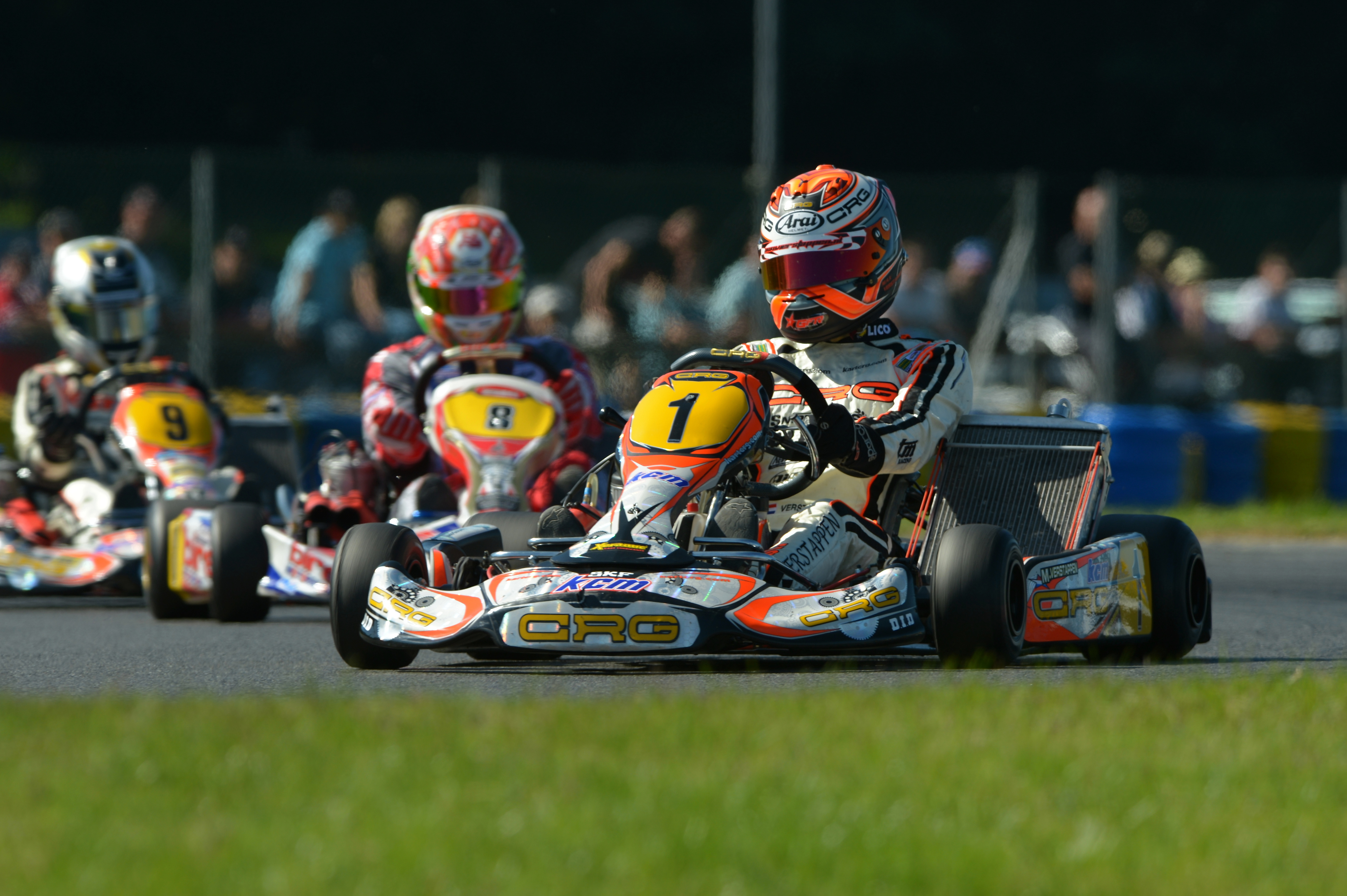Because he is able to preload the chassis as nobody else. He moves his body weight in the right moment and the results is that he gets tons of grip everywhere.
Do you think that body weight movement is more him relaxing and letting his weight move around, or him stiffening up to get the weight to move?
The second one. You can tell that if you see his neck…
He is very fit , lot of strength and condition training… Working out like that he can be brutal on every corners , destroying chassis every race.
I don’t necessarily think that there is one posture that is the absolute best, however, certain styles work better during different conditions and circumstances. I would say that keeping your posture stable and consistent is key. You don’t want to look like a boblehead, and whatever you do with your lean, you want to make sure your head stays properly fixed, just like all the photos posted of the Harveys, Danny, etc.
In terms of leaning I think it comes from conditions. I grew up in the NW on mojo D1/2 tires on low grip, often damp tracks. It seems that a lot of the drivers from my area, (example: Joey Wimsett) adopt an outside lean to help account for the hard tires and slick track, as do many Brazilians who also drive on low grip conditions and chassis. Another prime example is that a few years ago, when KZ went to harder Bridgestone tires, Andrea Dale, a tall, lanky Italian, instantly started winning.
Over time the chassis adapted and others improved and Dale stopped finding as much success as he had been. In KF, Nyck De Vries had a mega inside lean and low center of gravity and it worked really well with high grip and sticky tires. I’ll also attach photos of Verstappen in KZ (outside lean) and KF (inside lean). Being in the states, I rarely have dealt with any higher grip conditions, however, at times I’ve had to really work on keeping my body normal or even try an inside lean to account for the chassis being over stuck.
I think that naturally people have a style, and it is really difficult to change, and people find lots of success with a variety of different postures.
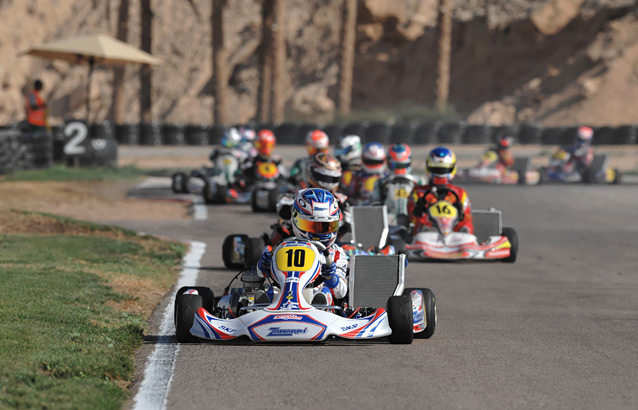
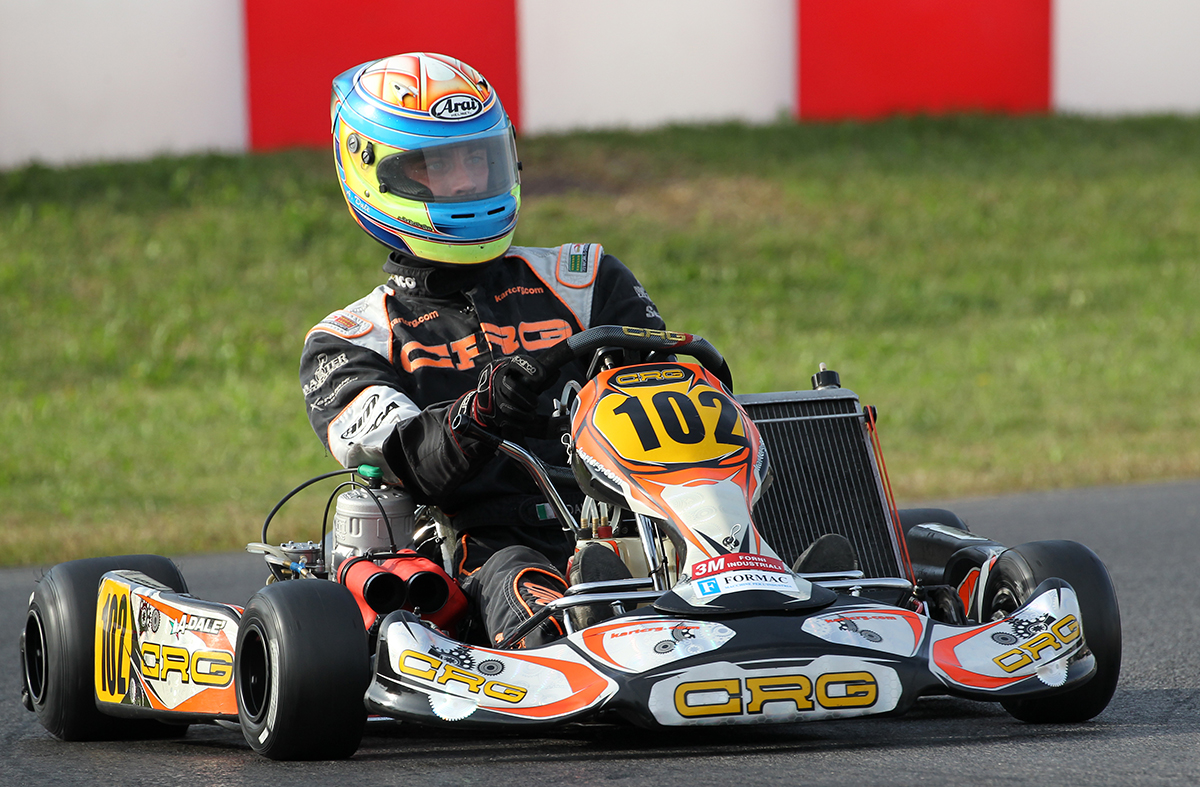

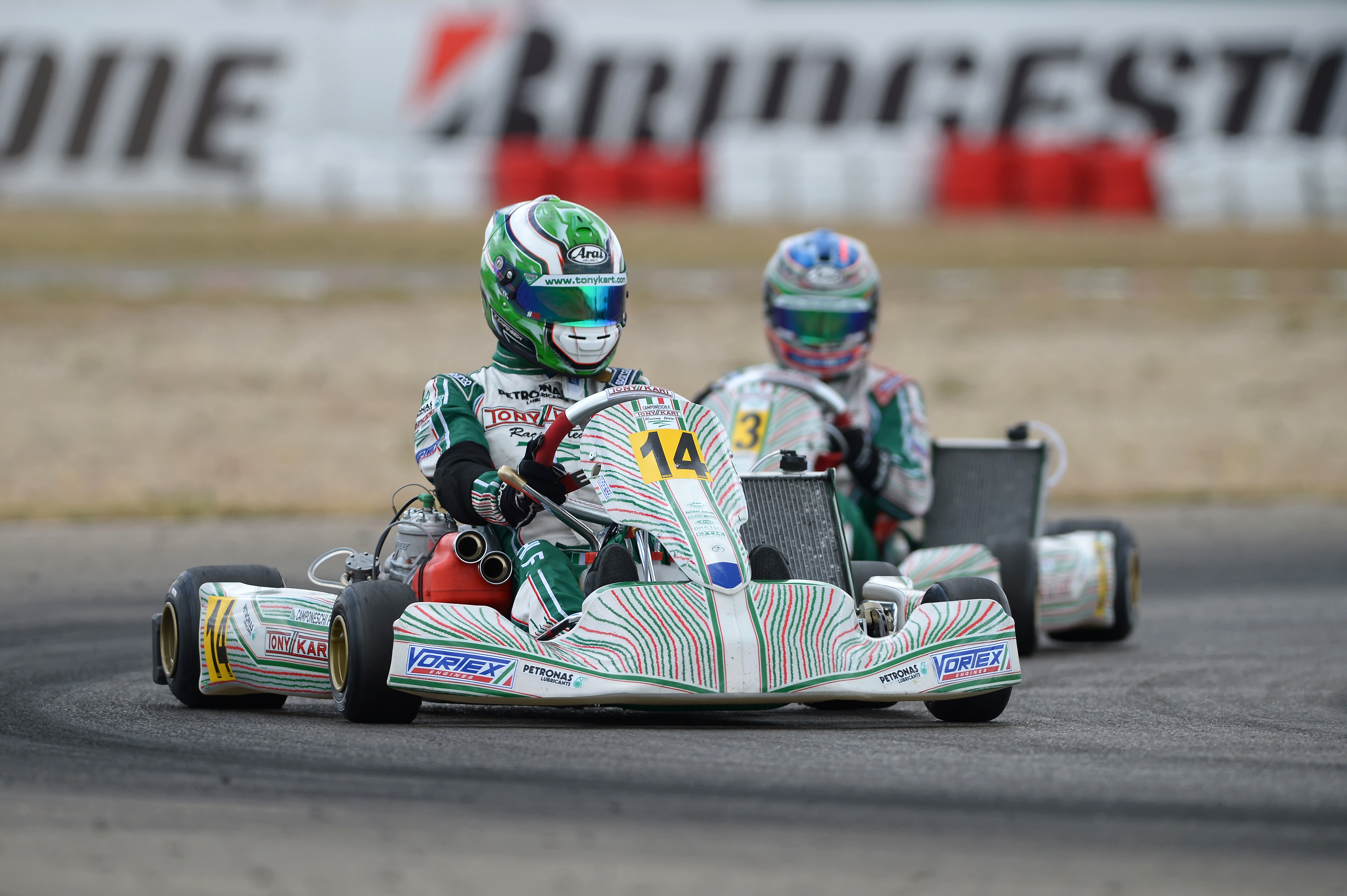
Luke helps coach my son with Nitro Kart, and I am glad he does because Luke is very talented. Posture is something I work on with Ben on almost every outing. Head twisted in, upright, and ribs putting pressure on the outside of the seat. Somebody above pointed out that it creates consistency because body posture is identical every lap so it takes that out of the equation for troubleshooting a setup. A very good point.
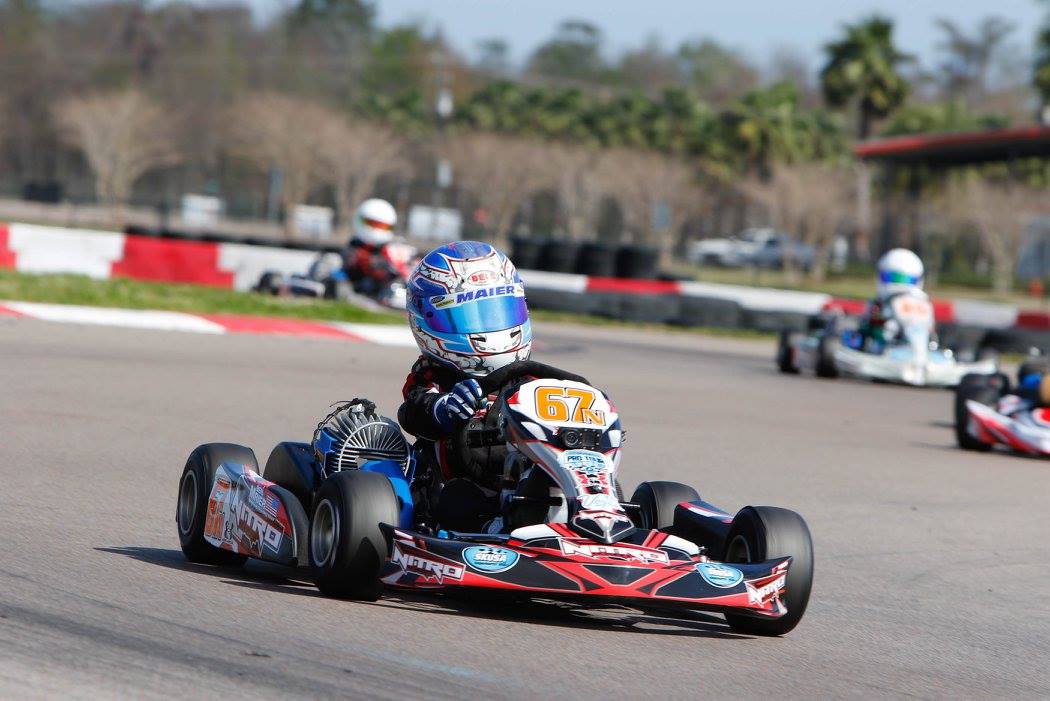
One thing, that I didn’t see covered is the rate at which you move your body if you do.
Plenty of people jump there body to the outside in a corner (the argument being to get the inside wheel to lift). Movements should be consistent and gradual. If Schumacher leans in, then thats good enough for me.
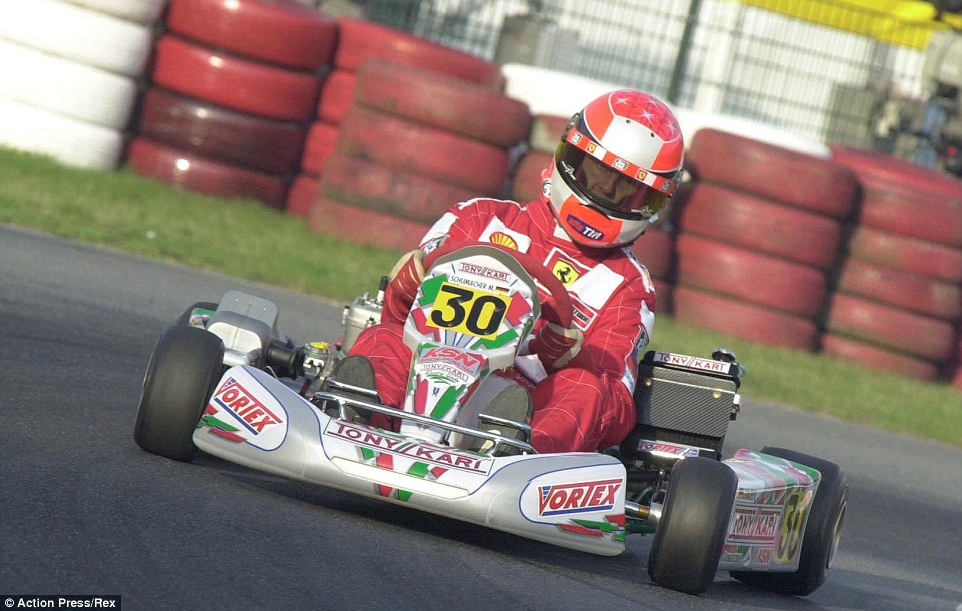
And even if you think a drivers body isn’t moving, it is. Its impossible not to put some force into the outside of the seat as its only thing stopping you body from falling out the kart. The really really top drivers (for me thats mid nineties, early noughties) look like they are totally solid but they are in fact incrementally moving their weight to the corner they need it to be. The “shoulder drop” is an exaggerated version of what they used to do.

Right shoulder is dropped and forward and he hasn’t even started turning yet because he knows that inside front needs to push into the ground to make the kart tip.
Just found this photo too, look at the difference between Hamilton and the guy behind. Minimal shoulder drop and @tjkoyen favourite high hands position.
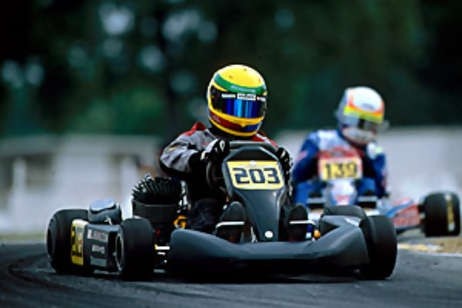
Me and LewHam are basically the same person.
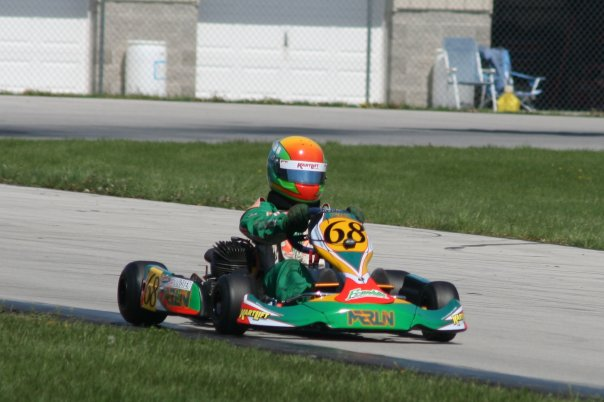
I always find it interesting where people hold their hands on the wheel. I’ve always been taught to be a middle hands person, but so many people steer high up on the wheel.
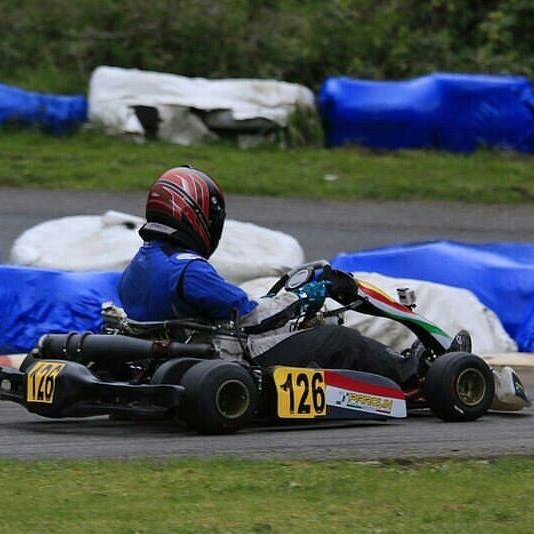
I found everyones hands dropped lower when OTK got really popular (mid to late noughties). Probably a combination of the harder tires (mojos etc) and OTK just being very popular.
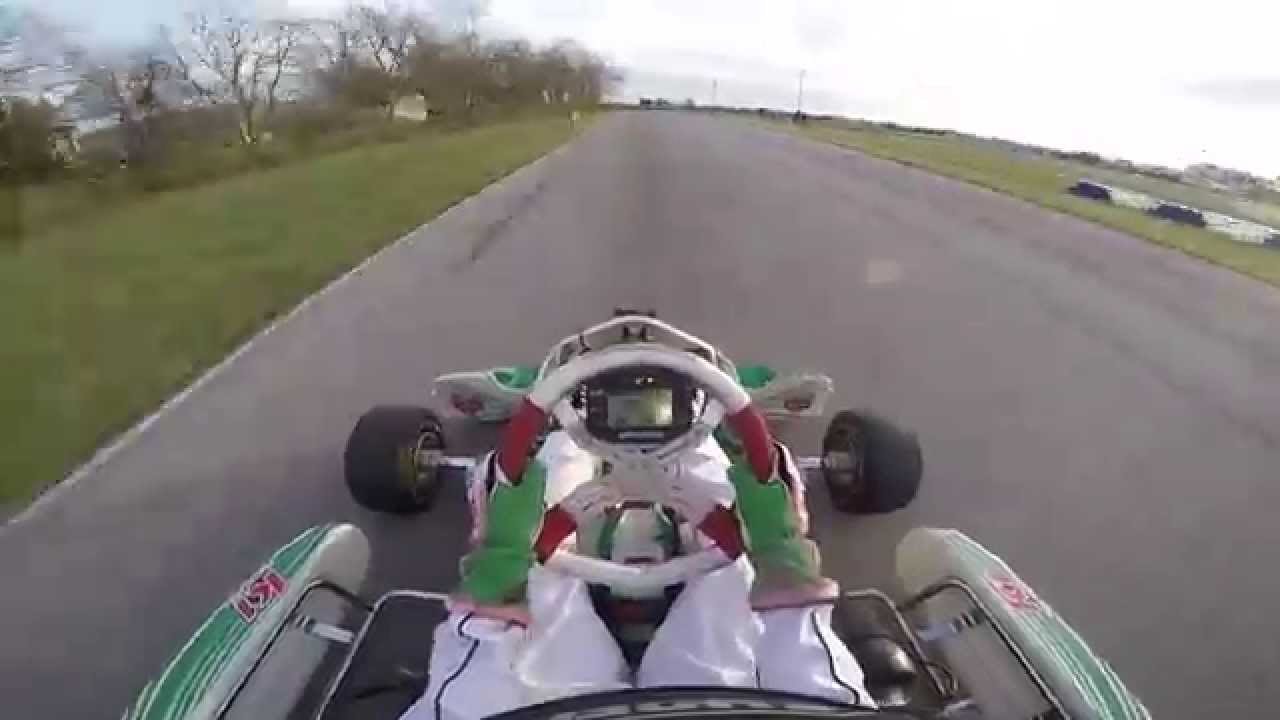
vs a 90’s hero.
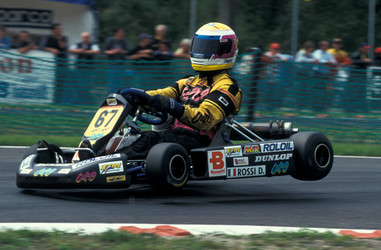
Thanks Luke. Very good insights!!! 

If I just got in a kart with not thinking about anything and just drove it, my hands would be in the higher position a la @tjkoyen and the Great Hambino. I’ve tried moving them down, and even when I feel like they’re super low, they’re only at about 9 and 3. Anything lower feels very unnatural, and I’m a shorter driver, so lower should be easier for me. Since we’ve gotten pretty technical already in this thread, I’ll go ahead and go there myself. The closer your hands are to 9 and 3, the more effect pushing on the wheel through the corner would have, as that’s where you will create the longest moment arm from your hand position on the steering wheel to the steering column, in the direction that you’re pushing, which is forward. Something to keep in mind regarding how hand position affects the handling of your kart. Steering wheel angle would also affect this as well. So while certain hand positions may be more or less “comfortable” for you, they are having an effect on your kart’s handling as well.
To sum up my main rules for hand position/driving:
- Push the wheel, don’t pull
- Drive with your shoulders, not your arms
- Relax your grip
- Don’t move your hands on the wheel
I just read a whole section about hand positions in @Terence_Dove’s book. I think I’ll just wait until our podcast to ask my questions. 
Just curious. How with the shoulders?
Instead of using your biceps or forearms to move the wheel, try moving your shoulders instead. It keep you more consistent in the seat and helps make smaller steering inputs. Biceps and forearms are too strong, they make it easy to yank on the wheel. Shoulders have less range of motion, so you can’t physically overdrive as easy.
This is awesome advice, addressing one of the true fundamentals.
What do you think of the idea of a strip of Velcro on the back of the seat to help keep your weight there to the greatest extent possible ?
This is just my personal preference, but I prefer not to force things artificially. So, velcro might serve as a reminder, but the point of keeping your back planted in the seat is mostly about using your arms to keep you pushed into the seat back… It is the physics of having tension in your arms that makes a big difference with speed of weight transfer across the kart… I think TJ mentioned that effect already. And Velcro could help you stay back in the seat, but you could forget your arms should be doing that work, rather than the velcro.
It’s a bit like how some teams attach zip ties to the wheel and cut them off leaving a sharp point, to force the driver to keep their hands in a particular spot. I prefer a driver to learn their own way and to feel the difference, rather than being forced.
Dear Terrence Doce:
You rock.
Thanks for the scholarly reply.
I’d like to call out the respondents here. This thread is a seam of solid gold, and unlike anything I’ve seen.
It’s not just the quality of the knowledge (and the selfless wellness to share) but also the quality of the writing. If there was an online university of kart science, you’re reading it here.
Thank you all, 3 bags full.
